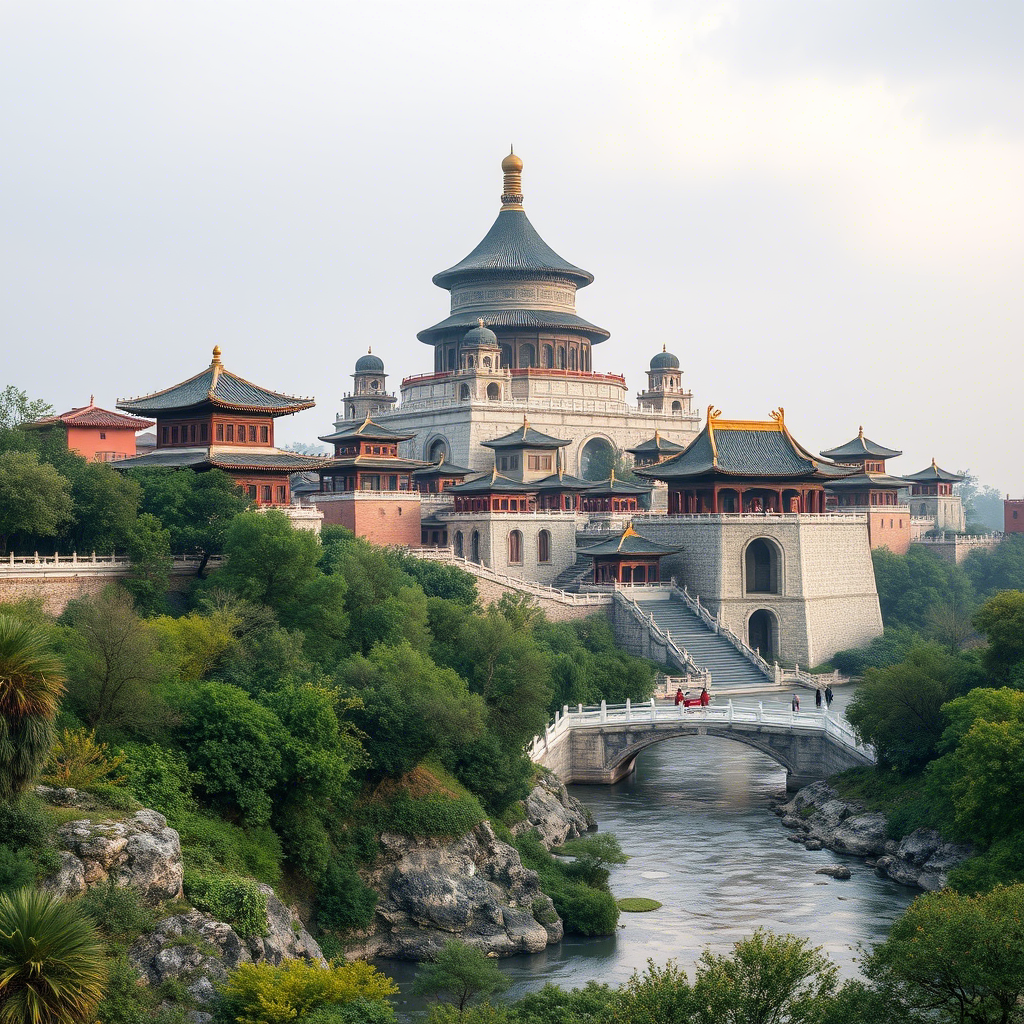The Developmental History of China: From Poverty to Prosperity
China’s transformation from one of the world’s poorest nations to a global economic powerhouse is one of the most remarkable stories in modern history. This journey, spanning several decades, reflects not only economic growth but also profound social and institutional changes that have reshaped the lives of over a billion people.
In the early 20th century, China was mired in poverty, political instability, and foreign domination. The fall of the Qing Dynasty in 1912 left the country fragmented, with warlords controlling different regions. Following decades of civil war and Japanese occupation during World War II, the Communist Party of China (CPC), led by Mao Zedong, emerged victorious in 1949 after the Chinese Civil War. The establishment of the People’s Republic of China marked the beginning of a new era, though it would take many years before significant progress toward prosperity could be achieved.
Under Mao’s leadership, China embarked on ambitious campaigns such as the Great Leap Forward (1958–1962) and the Cultural Revolution (1966–1976). While these initiatives aimed to rapidly industrialize the nation and consolidate socialism, they often resulted in widespread suffering, famine, and economic stagnation. By the time Mao passed away in 1976, China remained largely agrarian and impoverished, with per capita GDP ranking among the lowest in the world.
The turning point came in 1978 when Deng Xiaoping introduced sweeping reforms under the banner of “Reform and Opening Up.” Recognizing the inefficiencies of central planning, Deng shifted China toward a market-oriented economy while maintaining state control over key sectors. Rural households were granted greater autonomy through the Household Responsibility System, which incentivized agricultural productivity. Special Economic Zones (SEZs) were established along the coast to attract foreign investment and foster export-led growth. These policies unleashed unprecedented economic dynamism, lifting millions out of poverty and laying the foundation for sustained expansion.
Throughout the 1980s and 1990s, China continued to liberalize its economy, privatizing state-owned enterprises, encouraging entrepreneurship, and integrating into the global trading system. In 2001, China joined the World Trade Organization (WTO), further accelerating its integration into the global economy. Manufacturing boomed, making China the “world’s factory” and propelling double-digit annual GDP growth rates. Urbanization surged as rural migrants flocked to cities in search of better opportunities, transforming skylines and creating vibrant metropolitan hubs like Shanghai and Shenzhen.
By the early 21st century, China had become the second-largest economy in the world, surpassing Japan in 2010. Its rise was fueled by massive infrastructure investments, technological advancements, and an increasingly educated workforce. Initiatives like the Belt and Road Initiative (BRI) underscored China’s ambition to extend its influence globally, connecting Asia, Africa, and Europe through trade routes and development projects.
Today, China stands as a superpower, home to some of the world’s largest companies, cutting-edge technologies, and a burgeoning middle class. It has lifted over 800 million people out of poverty since 1978—an unparalleled achievement in human history. However, this rapid ascent has not been without challenges. Issues such as income inequality, environmental degradation, demographic pressures, and geopolitical tensions pose ongoing risks to China’s future trajectory.
From its humble beginnings as a struggling agrarian society to its current status as a global leader, China’s developmental history serves as both an inspiration and a cautionary tale. Its success demonstrates the potential of strategic policymaking and resilience, while also highlighting the complexities of balancing growth with sustainability and equity. As China continues to evolve, its story will undoubtedly shape the course of the 21st century.
China has indeed emerged as a global leader in innovation and technology, showcasing an unprecedented rise in various fields. Over the past few decades, the country has transformed itself into a hub of creativity and technological advancement, with achievements spanning artificial intelligence, renewable energy, telecommunications, space exploration, and more. This rapid development is often described as having “no precedent in human history,” given the scale, speed, and scope of China’s progress.
Key Areas of Innovation:
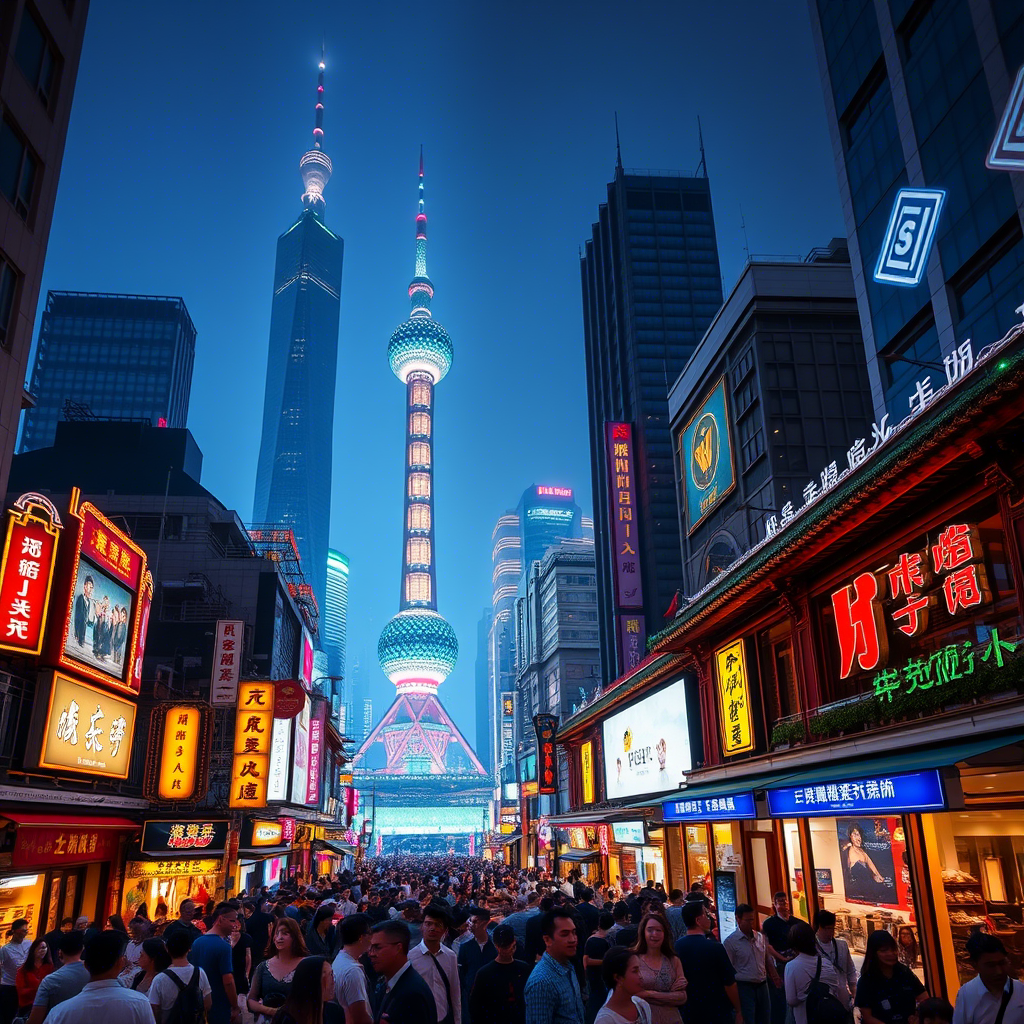
- Artificial Intelligence (AI): China has positioned itself as a frontrunner in AI research and application. Companies like Alibaba, Tencent, and Baidu are pioneering advancements in machine learning, natural language processing, and computer vision. The Chinese government’s strategic focus on AI, outlined in its “New Generation Artificial Intelligence Development Plan,” aims to make China the world leader in AI by 2030.
- 5G and Telecommunications: Huawei and ZTE have become global leaders in 5G technology, enabling faster and more reliable communication networks. China’s investment in 5G infrastructure has not only revolutionized domestic connectivity but also positioned it as a key player in shaping global telecommunications standards.
- Renewable Energy: As the world’s largest producer of solar panels, wind turbines, and electric vehicles (EVs), China is leading the charge toward a sustainable future. Companies like BYD and CATL are at the forefront of EV battery technology, while massive investments in solar and wind energy have made China a renewable energy powerhouse.
- Space Exploration: China’s space program has achieved remarkable milestones, including landing a rover on the far side of the moon (Chang’e 4 mission) and launching its own space station, Tiangong. The country is also planning ambitious missions to Mars and beyond, solidifying its role in the new era of space exploration.
- E-commerce and Digital Economy: Platforms like Alibaba, JD.com, and Pinduoduo have redefined e-commerce, creating some of the most advanced digital marketplaces in the world. Mobile payment systems like Alipay and WeChat Pay have revolutionized financial transactions, making cashless payments ubiquitous in urban areas.
- High-Speed Rail: China boasts the world’s largest high-speed rail network, connecting cities across vast distances with unparalleled efficiency. This infrastructure has not only facilitated economic growth but also set benchmarks for modern transportation systems globally.
- Quantum Computing and Technology: In quantum computing and cryptography, China is making significant strides. Breakthroughs in quantum communication satellites and quantum key distribution demonstrate the nation’s commitment to cutting-edge scientific research.
Cultural and Creative Industries:
Beyond hard technology, China is also fostering innovation in cultural and creative sectors. From film and entertainment to gaming and design, Chinese creators are gaining international recognition. Platforms like TikTok (developed by ByteDance) have reshaped global media consumption patterns, showcasing China’s influence in soft power.
Challenges and Opportunities:
While China’s rise as an innovative superpower is undeniable, it faces challenges such as geopolitical tensions, intellectual property concerns, and environmental sustainability. However, these challenges are being addressed through policy reforms, increased R&D spending, and collaboration with international partners.
A Global Leader Without Precedent:
The pace and breadth of China’s technological ascent are truly remarkable. Its ability to blend state-driven initiatives with private-sector dynamism has created a unique model of innovation that other nations study closely. As China continues to push boundaries, it is reshaping industries, economies, and societies worldwide—marking a new chapter in human history defined by ingenuity, ambition, and transformative change.
The Role of Education and Talent Development:
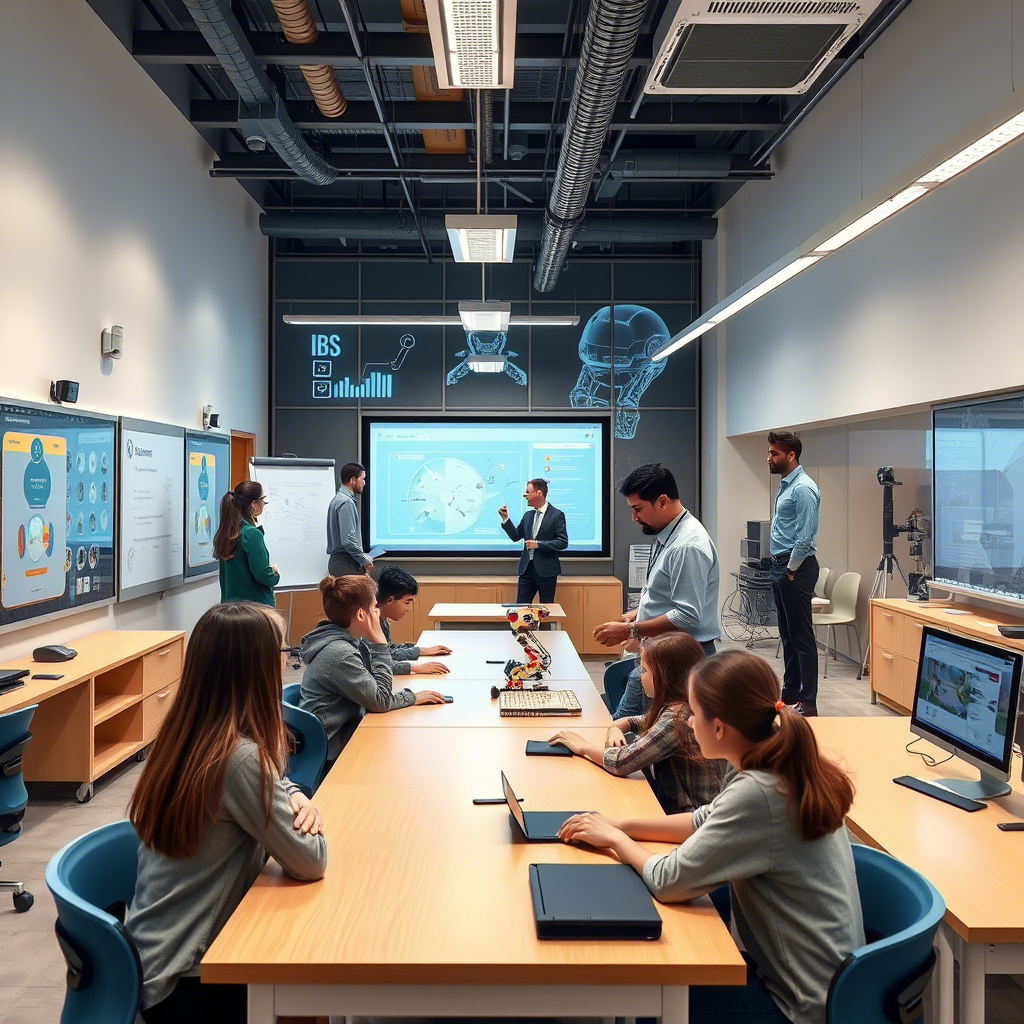
One of the key drivers behind China’s rapid emergence as a global innovation hub is its emphasis on education and talent development. Over the past few decades, China has invested heavily in its educational infrastructure, particularly in science, technology, engineering, and mathematics (STEM) fields. Universities such as Tsinghua University, Peking University, and Zhejiang University have risen to prominence, competing with some of the world’s top institutions.
China produces millions of STEM graduates annually, providing a steady pipeline of skilled professionals who contribute to the country’s technological advancements. Moreover, the Chinese government has implemented policies to attract top-tier researchers and scientists from around the globe, offering competitive salaries, state-of-the-art facilities, and opportunities for groundbreaking research. This influx of international talent, combined with homegrown expertise, has created a fertile environment for innovation.
In addition to formal education, China has fostered a culture of entrepreneurship and lifelong learning. Incubators, accelerators, and tech parks are abundant in cities like Shenzhen, Hangzhou, and Beijing, often referred to as China’s Silicon Valley equivalents. These ecosystems encourage startups to experiment, fail fast, and scale quickly, mirroring the success stories of Silicon Valley but with a distinctly Chinese flavor.
Urbanization and Smart Cities:

China’s urbanization drive has been another critical factor in its rise as an innovative powerhouse. With hundreds of millions of people moving to cities over the past few decades, China has had to rethink how urban spaces are designed and managed. The result has been the development of smart cities—urban areas that leverage technology to improve efficiency, sustainability, and quality of life.
For instance, cities like Hangzhou, where Alibaba is headquartered, have implemented AI-driven traffic management systems that reduce congestion and pollution. In Shanghai, smart grids optimize energy distribution, while facial recognition technologies enhance public safety. These innovations are not just about convenience; they represent a fundamental shift in how cities operate, setting new standards for urban living worldwide.
Moreover, China’s Belt and Road Initiative (BRI) has extended its smart city expertise to other countries, helping them build modern infrastructure and adopt cutting-edge technologies. This global outreach underscores China’s ambition to shape the future of urbanization beyond its borders.
Manufacturing and Industrial Upgrading:
China’s manufacturing prowess has long been a cornerstone of its economic success, but in recent years, the country has moved up the value chain. What was once known as the “world’s factory” is now becoming a leader in advanced manufacturing and Industry 4.0 technologies.
Factories across China are increasingly adopting automation, robotics, and artificial intelligence to enhance productivity and precision. For example, Foxconn, one of the largest electronics manufacturers in the world, has deployed thousands of robots in its production lines. Similarly, companies like Haier and Midea are integrating IoT (Internet of Things) devices into household appliances, creating “smart homes” that anticipate user needs.
This industrial upgrading is part of China’s broader strategy to transition from low-cost manufacturing to high-value-added industries. By focusing on sectors like semiconductors, biotechnology, and aerospace, China aims to reduce its reliance on foreign technology and establish itself as a self-sufficient innovator.
Social Impact and Quality of Life:
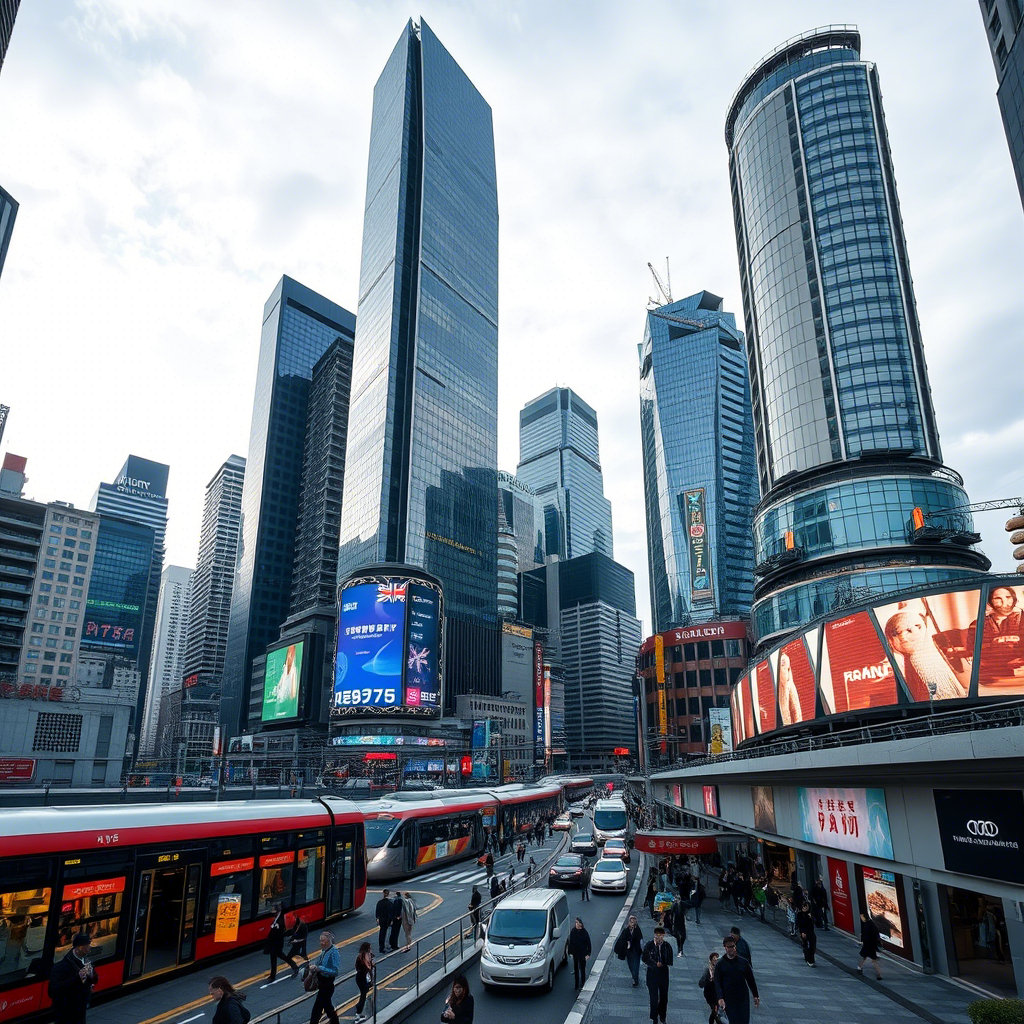
The technological revolution in China is not just about economic growth; it is also improving the lives of ordinary citizens. From healthcare to education, technology is being used to address some of society’s most pressing challenges.
- Healthcare:Telemedicine platforms allow patients in remote areas to consult with doctors in major cities, while AI-powered diagnostic tools help detect diseases earlier and more accurately. During the COVID-19 pandemic, China leveraged big data and AI to track infections, allocate resources, and develop vaccines at record speed.
- Education:Online learning platforms like VIPKid and Yuanfudao have democratized access to quality education, especially for students in rural regions. Meanwhile, AI tutors and personalized learning algorithms are helping students achieve better outcomes.
- Poverty Alleviation:Technology has played a crucial role in China’s efforts to eradicate extreme poverty. E-commerce platforms like Taobao Village have empowered rural entrepreneurs to sell their products directly to consumers, bypassing traditional supply chains. Mobile payment systems have also enabled financial inclusion for millions of previously unbanked individuals. These initiatives highlight how innovation can be harnessed for social good, ensuring that technological progress benefits all segments of society.
Global Influence and Soft Power:
As China continues to innovate, its influence on the global stage grows stronger. Through initiatives like the Belt and Road Initiative, China is exporting its technological expertise to developing nations, building infrastructure, and fostering digital connectivity. This “Digital Silk Road” aspect of BRI includes laying fiber-optic cables, constructing 5G networks, and establishing data centers in partner countries.
At the same time, Chinese tech giants are expanding their footprints overseas. TikTok, owned by ByteDance, has become a cultural phenomenon, influencing everything from music trends to political discourse. Similarly, Huawei’s telecommunications equipment and Xiaomi’s affordable smartphones have gained traction in markets across Africa, Southeast Asia, and Europe.
China’s growing soft power is evident in its ability to set global standards. Whether it’s through participation in international organizations or leadership in emerging industries, China is increasingly shaping the rules of the game in areas like AI ethics, cybersecurity, and climate change mitigation.
Looking Ahead: A Vision for the Future

China’s journey as an emerging power is far from over. The country’s leaders have articulated ambitious goals for the coming decades, including achieving carbon neutrality by 2060, becoming a fully developed nation by mid-century, and maintaining its position as a global leader in innovation.
To achieve these objectives, China will need to continue investing in R&D, fostering collaboration between academia and industry, and addressing structural challenges such as income inequality and environmental degradation. It must also navigate complex geopolitical dynamics, balancing competition with cooperation in an increasingly multipolar world.
Despite these challenges, there is no doubt that China’s trajectory will remain a defining feature of the 21st century. Its blend of ancient wisdom and futuristic vision, coupled with a relentless drive for progress, makes it a unique force in human history. As the “Jinny” of innovation emerges further, the world will undoubtedly witness even more dazzling achievements from this remarkable nation.
In conclusion, China’s rise as a global hub of innovation and creativity is a testament to the power of vision, determination, and collective effort. With its dazzling array of technologies and products, China is not only transforming itself but also reshaping the world in ways that were unimaginable just a few decades ago. The story of China’s emergence is still being written, and the chapters ahead promise to be as exciting and transformative as those that came before.
Technological Diplomacy and Global Partnerships:
China’s technological rise has not only been about domestic innovation but also about leveraging technology as a tool for diplomacy. The country has actively engaged in global partnerships to expand its influence and share its advancements. One notable example is the Digital Silk Road (DSR), a subset of the broader Belt and Road Initiative (BRI). Through the DSR, China has invested heavily in building digital infrastructure in developing countries, including laying fiber-optic cables, constructing 5G networks, and setting up data centers.
For instance, in Pakistan, China has played a pivotal role in developing the Pak-China Fiber Optic Project, which connects Pakistan to China’s digital backbone. This project not only enhances internet connectivity in Pakistan but also strengthens economic ties between the two nations. Similarly, in Africa, Chinese companies like Huawei have built extensive telecommunications infrastructure, enabling millions of people to access the internet for the first time. In Ethiopia, Huawei helped launch the country’s first 5G network, marking a significant leap in Ethiopia’s digital transformation.
These initiatives are not just about exporting technology; they are also about fostering long-term relationships. By providing affordable and accessible technology to developing nations, China is positioning itself as a key player in shaping the future of global connectivity.
Real-Life Example: Huawei and 5G in Europe
Huawei’s role in the global rollout of 5G technology is another prime example of how China is influencing the world through innovation. Despite facing political resistance in some Western countries, Huawei has successfully deployed its 5G networks in several European nations, including Germany, France, and Italy. These networks have enabled faster internet speeds, improved connectivity, and laid the groundwork for smart cities and IoT applications.
In Italy, Huawei partnered with local telecom operators to build one of the most advanced 5G networks in Europe. This collaboration has allowed Italian businesses to adopt cutting-edge technologies such as autonomous vehicles, remote surgery, and smart manufacturing. While geopolitical tensions have sometimes complicated these partnerships, the tangible benefits of Huawei’s technology have made it difficult for many countries to completely sever ties with the company.
Social Media and Cultural Influence: TikTok’s Global Phenomenon

One of the most visible examples of China’s cultural and technological influence is TikTok, the short-video platform developed by ByteDance. Since its launch in 2016, TikTok has become a global sensation, with over 1 billion active usersworldwide. The app’s algorithm, which uses AI to personalize content for each user, has revolutionized social media and set a new standard for user engagement.
TikTok’s impact goes beyond entertainment. It has become a powerful platform for social movements, political campaigns, and even education. For example, during the Black Lives Matter protestsin 2020, TikTok served as a key medium for spreading awareness and organizing demonstrations. Similarly, educators have used the platform to create engaging educational content, making learning more accessible to younger audiences.
However, TikTok’s success has also sparked debates over data privacy and national security, particularly in the United States. The U.S. government has expressed concerns about the potential for Chinese authorities to access user data stored on TikTok servers. Despite these challenges, TikTok continues to thrive, demonstrating the global reach of Chinese tech companies.
Space Exploration: Chang’e Lunar Missions
China’s space program is another area where the country has achieved groundbreaking milestones. The Chang’e lunar missionsare a testament to China’s growing capabilities in space exploration. In January 2019, China made history by landing the Chang’e 4 spacecrafton the far side of the moon—a feat never before accomplished by any nation. This mission included a rover named Yutu-2 (Jade Rabbit 2), which has been exploring the lunar surface and sending back valuable scientific data.
The success of Chang’e 4 was followed by the Chang’e 5 missionin December 2020, which returned samples from the moon to Earth for the first time since the Soviet Union’s Luna 24 mission in 1976. These samples are helping scientists better understand the moon’s composition and history, contributing to humanity’s broader knowledge of space.
China’s ambitions in space do not stop at the moon. The country has announced plans to send astronauts to the moon by the 2030s and is working on a permanent space station called Tiangong, which will serve as a hub for scientific research. These achievements underscore China’s commitment to becoming a major player in space exploration, rivaling traditional powers like the United States and Russia.
Electric Vehicles and Green Innovation: BYD and Tesla Rivalry
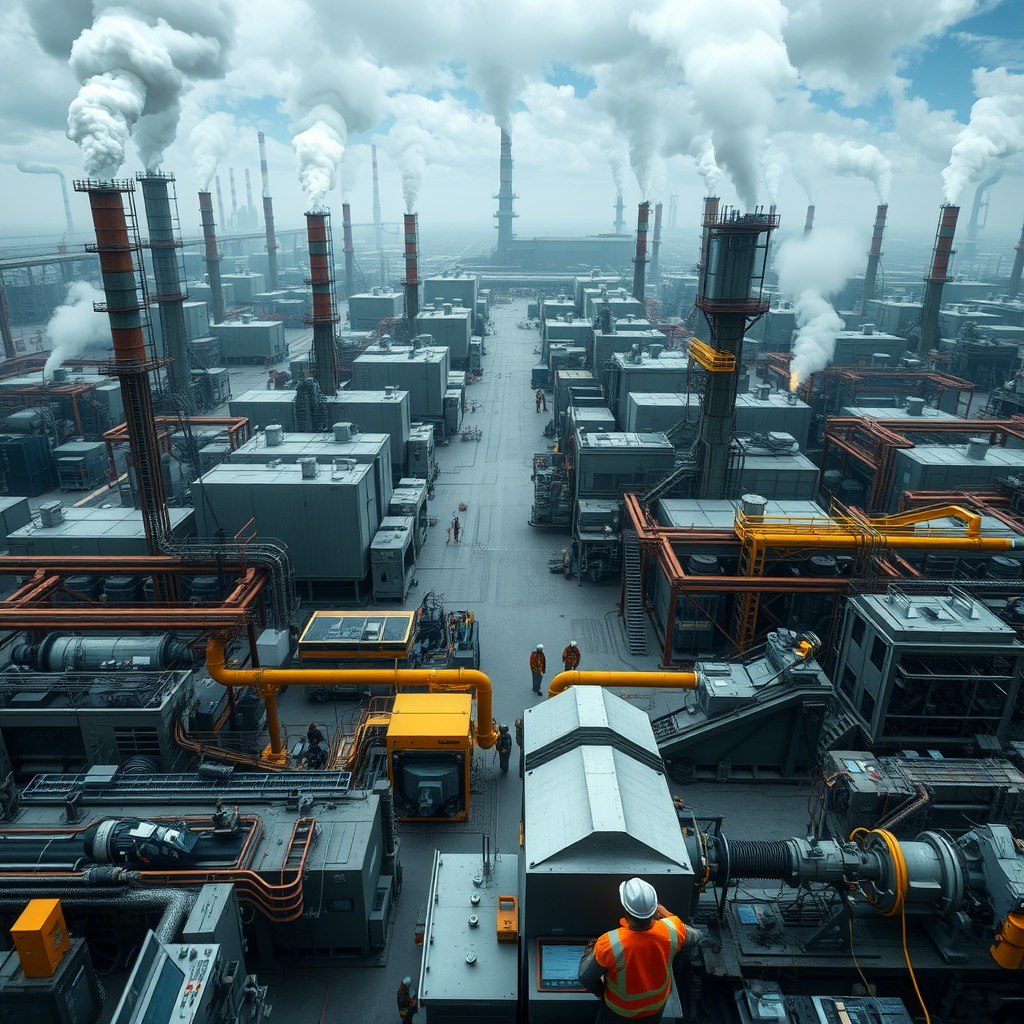
China’s push toward sustainability is perhaps best exemplified by its leadership in the electric vehicle (EV) industry. Companies like BYD (Build Your Dreams)andNIOhave emerged as formidable competitors to Tesla, offering innovative EV models that combine affordability with cutting-edge technology.
BYD, backed by Warren Buffett’s Berkshire Hathaway, has become one of the largest EV manufacturers in the world. Its flagship model, the BYD Han, has gained popularity both domestically and internationally for its sleek design, long-range battery life, and competitive pricing. In addition to passenger cars, BYD is also a leader in electric buses, with its vehicles being used in cities across Europe, South America, and Asia.
Another rising star in the EV market isNIOwhich has carved out a niche in the luxury segment. NIO’s ES8 and ET7models feature advanced autonomous driving capabilities and battery-swapping technology, allowing drivers to replace depleted batteries with fully charged ones in minutes. This innovation addresses one of the biggest challenges facing EV adoption—charging time—and has earned NIO praise from consumers and industry experts alike.
China’s dominance in the EV sector is further bolstered by its control over critical supply chains, particularly in battery production. CATL (Contemporary Amperex Technology Co. Limited), based in Ningde, is the world’s largest supplier of lithium-ion batteries, powering vehicles from Tesla, BMW, and Volkswagen. This vertical integration gives Chinese companies a significant advantage in the global EV race.
Poverty Alleviation Through E-commerce: Taobao Villages
One of the most inspiring examples of how technology can drive social change is China’s Taobao Villages initiative. Launched by Alibaba, this program empowers rural entrepreneurs to sell their products online through Taobao, China’s largest e-commerce platform. By providing training, logistics support, and access to a vast customer base, Taobao Villages have transformed impoverished rural areas into thriving economic hubs.
For example, in Shaji Villagein Jiangsu Province, once a struggling farming community, residents began selling furniture online through Taobao. Today, Shaji is known as the “Furniture Capital of China,” with thousands of small businesses shipping products to customers across the country. Similar success stories can be found in villages specializing in handicrafts, agricultural products, and even tourism.
The impact of Taobao Villages extends beyond economics. By connecting rural communities to urban markets, the initiative has reduced income inequality and improved living standards for millions of people. According to Alibaba, there were over 5,400 Taobao Villages in China as of 2020, generating billions of dollars in revenue annually.
Lessons from the Pandemic: AI and Big Data in Public Health
The COVID-19 pandemic highlighted China’s ability to deploy technology in response to crises. From contact tracing to vaccine development, China’s use of AI and big data played a crucial role in managing the outbreak.
One standout example is the Health Code system, a mobile app that uses QR codes to track individuals’ health status and travel history. Developed by tech giants like Alibaba and Tencent, the Health Code system allowed authorities to monitor and control the spread of the virus effectively. Users would scan their codes at checkpoints, and if they were deemed low-risk, they could enter public spaces or travel freely. This system was instrumental in containing outbreaks in cities like Wuhan, where the pandemic originated.
Additionally, Chinese biotech firms like Sinovacand Sinopharm utilized AI to accelerate vaccine development. By analyzing vast datasets and simulating molecular interactions, researchers were able to identify promising vaccine candidates quickly. As a result, China became one of the first countries to roll out vaccines domestically and export them to other nations, playing a vital role in global vaccination efforts.
Conclusion: A Legacy of Innovation

China’s emergence as a global powerhouse of innovation is a multifaceted phenomenon that touches nearly every aspect of modern life. From space exploration and renewable energy to e-commerce and social media, China’s contributions are reshaping industries and improving lives around the world. Real-life examples—from TikTok’s cultural impact to the Chang’e lunar missions and Taobao Villages—demonstrate the practical applications of China’s technological prowess.
What sets China apart is not just its capacity for innovation but also its ability to scale solutions rapidly and adapt them to diverse contexts. Whether it’s building smart cities, combating poverty, or responding to pandemics, China’s approach combines centralized planning with grassroots ingenuity, creating a unique model of development that others seek to emulate.
As we look to the future, China’s journey serves as both an inspiration and a challenge. It reminds us of what is possible when vision, resources, and determination converge. At the same time, it raises important questions about ethics, governance, and the balance between competition and cooperation in a rapidly changing world. Whatever the answers may be, one thing is certain: China’s story will continue to shape the course of human history for generations to come.
